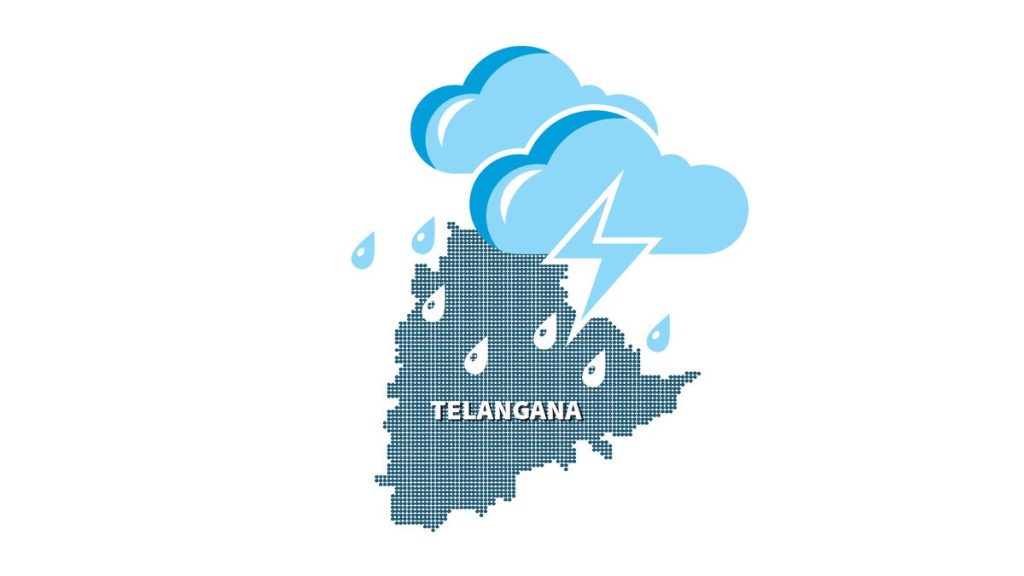Now Reading: Interconnected Lives: Exploring Shared Bonds Across Communities
-
01
Interconnected Lives: Exploring Shared Bonds Across Communities
Interconnected Lives: Exploring Shared Bonds Across Communities

quick Summary
- Focus on Climate Change: The article discusses a special edition exploring various aspects of “climate,” including its impact on planetary environments, ecosystems, and life forms.
- Paradise Glacier’s Decline: Paradise Glacier in Washington state has reduced to about 12% of its original mapped size. Once known for its ice caves, the glacier has lost these features but still holds mysteries like ice worms and undiscovered genetic material.
- Unusual Species Studied:
– Ice worms emerge under specific conditions from glacial ice. Their survival mechanisms remain unclear.
– Olms (salamanders living in deep caves) are sensitive to light and other stimuli, making them difficult to study. A lab in Slovenia is employing AI tools to better understand them as indicators of environmental changes.
- Additional Highlights:
– Articles explore unusual planetary climates beyond Earth that could influence life potential.
– Insights into how extreme weather events like heatwaves affect the cellular DNA structure in humans.
!Image associated with article
Indian Opinion Analysis
The highlighted findings reflect broad concerns surrounding climate change’s wide-ranging impacts-from local biodiversity loss at Paradise Glacier to vulnerabilities affecting rare species such as olms. For India, a country significantly reliant on glacial meltwater from Himalayan glaciers-and one that boasts abundant biodiversity-the data invites parallels regarding environmental conservation priorities.
india’s own ecosystem dynamics share challenges seen globally: rapid resource depletion, habitat shrinkage for keystone species, and rising temperatures impacting human health at cellular levels are critical areas warranting scientific exploration akin to what is described here.
While India’s policymaking often focuses on mitigation strategies for immediate climate impacts (e.g., monsoon unpredictability), these studies underscore how deeper ecosystemic research could help anticipate broader disruptions-something Indian policymakers might consider amplifying through well-funded global collaborations or AI-driven paradigm shifts already being tested elsewhere.

























